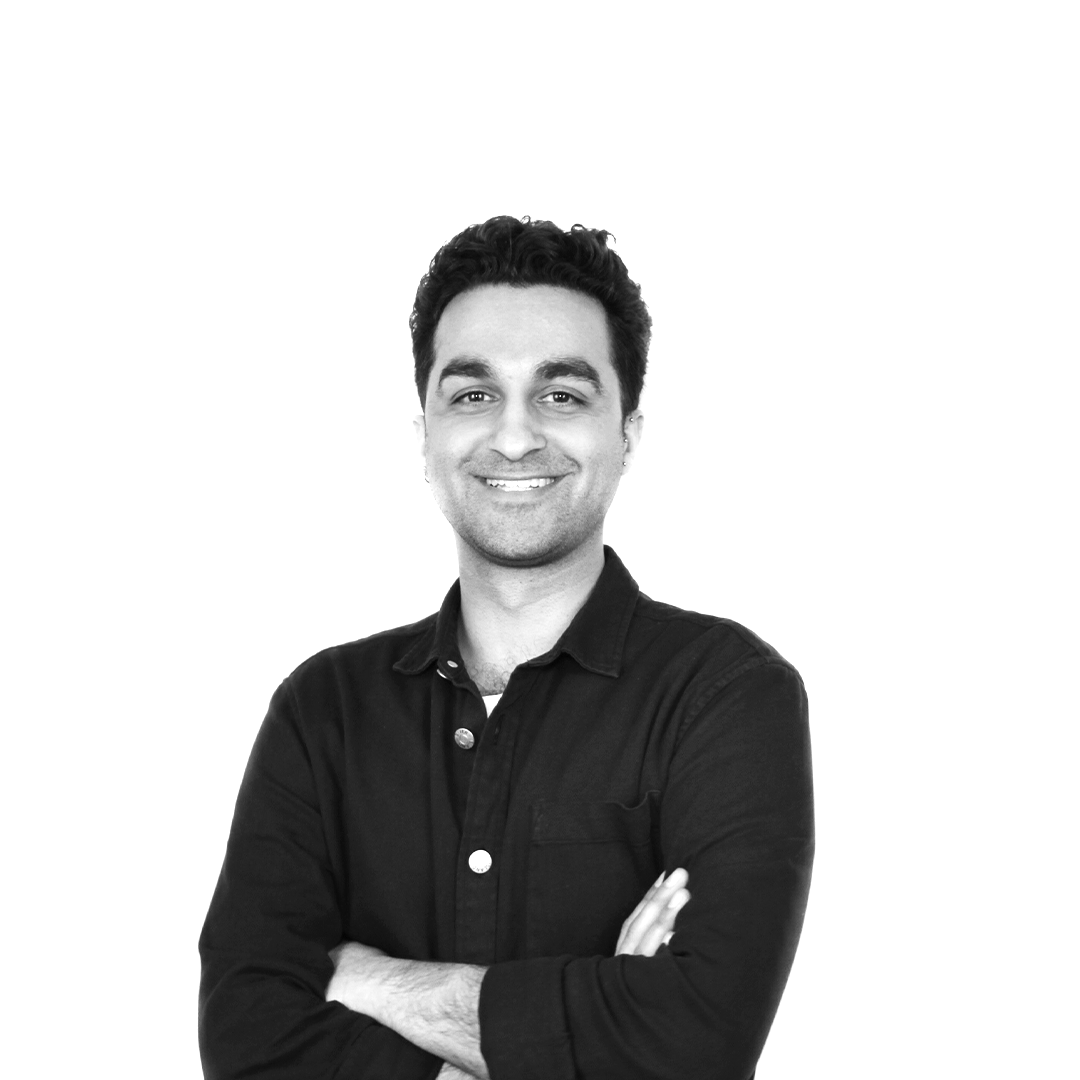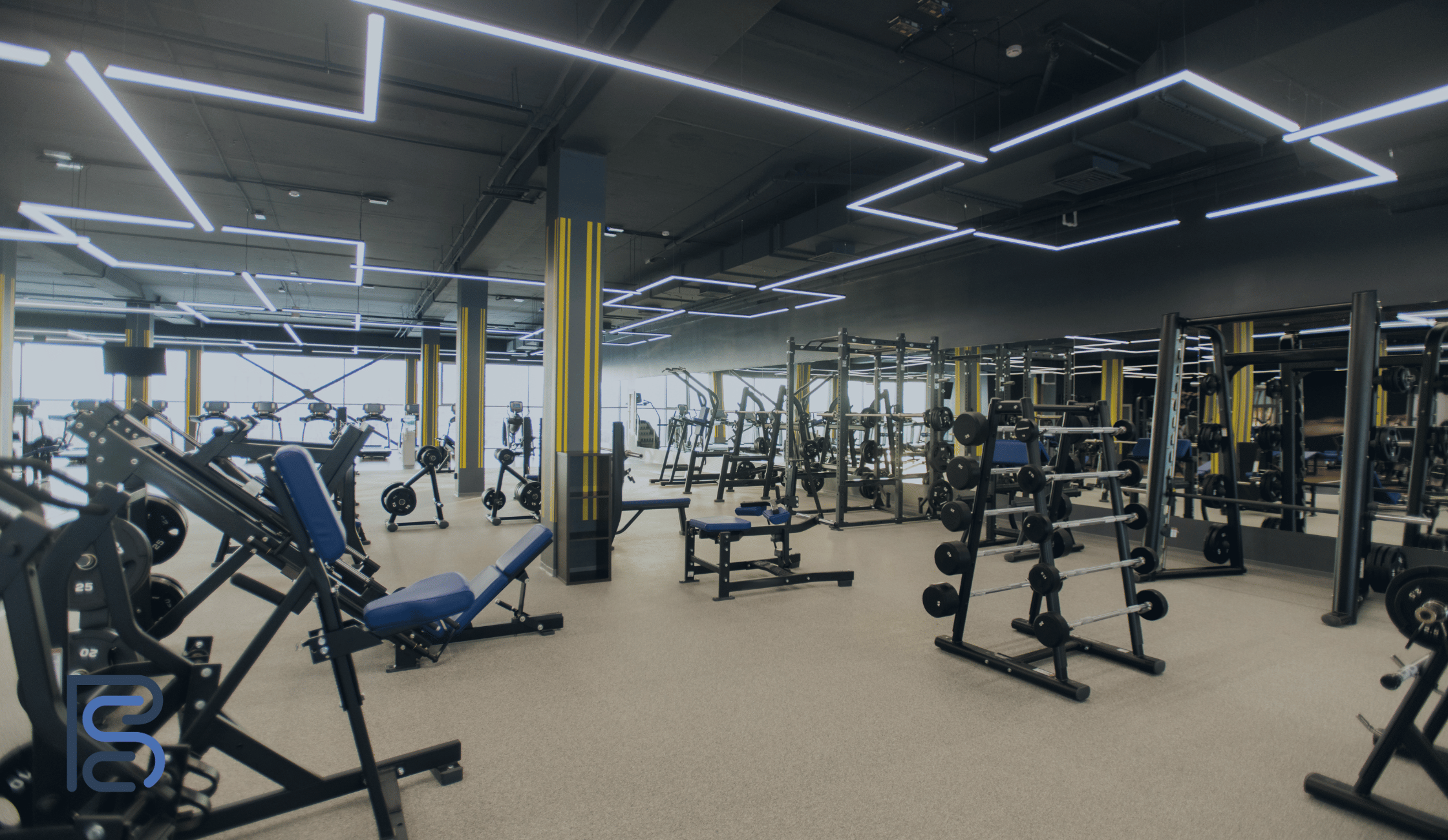COVID-19: Five years on, how has PR changed?

Author:
Kyle Grizzell
I started my PR career in the summer of 2019 – just before the world of lockdowns, variants of concern, and social distancing.
Not even a year later, after a routine of five days in the office and regular commuting, I was suddenly working from home instead with daily Zoom meetings to stay connected with clients and colleagues.
Over five years since COVID-19 was first declared a pandemic, we now seem to be in a place where social distancing and public masking are largely things of the past.
However, just as the 'keep 2m apart' messages still linger on pavements, the pandemic has left a profound and lasting impact on nearly every sector, including PR and communications.
-
Rise of video
Video calls , of course, existed before the pandemic. With clients and journalist contacts all around the world, we at BlueSky Education were already familiar with working with individuals at a distance.
However, lockdowns and enforced working from home certainly accelerated the adoption of platforms such as Teams and Zoom, and greatly increased the frequency and familiarity of video calls. For Microsoft Teams in particular, the number of daily active users hugely increased from 13 milion in 2019 to 320 million in 2024. This means interviews with journalists over video are now far more common than they once were.
Connecting an academic in Paris with a journalist in London would have required a phone call anyway, unless they happened to be travelling to the same place, but face-to-face interactions are important if you want to build meaningful working relationships. This is what video calls enable at long distance, and are why they have stuck around since the pandemic.
-
Podcast listenership
Lockdowns forced people to stay inside, often with minimal human interaction, so podcasts were understandably a great way for people to feel connected with others. In early 2019, the podcasting industry still generated little revenue but, as of 2025, podcasts have become a key media outlet for learning new things and staying up-to-date on current events. According to Podcast Statistics, there are now more than 4.5 million registered podcasts worldwide with over 584 million listeners.
Podcasts allow spokespeople to showcase thought leadership, engage with the interviewer and audience in greater depth, and demonstrate personality and individuality; perfect for raising personal profiles. As the popularity of certain news mediums change over time, PR and comms professionals need to adapt to ensure they are taking advantage of where target audiences are.
-
Increasingly VUCA world
The world pre-COVID already seemed pretty volatile, uncertain, complex, and ambiguous, but global events with wide-reaching consequences have increasingly filled the news cycle since the start of 2020; whether it’s disease, war, or geopolitics.
Being mindful of what is happening in the world each day has become more important than ever. As PR professionals, we always keep up-to-date on the latest news, but when the world as a whole is going through challenging times, pitching a story to the wrong person on the wrong day can be perceived as out-of-touch or simply offensive.
Pitching stories related to COVID-19 might have made sense in 2020-2022, but if you’re presented with a COVID-related topic today, ask yourself, “Is this story currently relevant?” This thought process should be applied to any topic related to current or recent events before pitching.
Monitoring news cycles and tailoring our timelines and strategies around world events is key to maintaining strong relationships and attaining key press coverage for clients.
-
Importance of expert voices
Throughout the pandemic, misinformation and disinformation spread like wildfire across social media. Unsubstantiated and dangerous claims of where the virus came from, how to cure it, and how vaccines worked were shared across Twitter (at the time; now X) and within WhatsApp and Facebook groups. Claims often shared by people without any subject expertise or academic backing.
This has highlighted how important the voice of the expert is. In a world where scientists and educators are the most trusted groups, according to the 2025 Edelman Trust Barometer, experts have a responsibility to combat and counteract misinformation.
As PR professionals, particularly those working in a sector that can connect experts and academics with journalists and the media, it has become increasingly important to ensure the right experts are commenting on the right topics to address inaccurate information.
-
Purpose-driven communication
The pandemic forced every sector to respond quickly to societal challenges and rapidly shifting circumstances. As the world faced unprecedented disruption, students, faculty, and stakeholders looked to educational institutions not just for academic leadership, but for guidance, empathy, and action.
For schools, this meant reassessing the role of leadership in times of crisis and communicating values around resilience, adaptability, and social responsibility. Many schools had to address the broader impact of the pandemic on students and communities, sparking discussions around mental health and access to resources.
The pandemic therefore emphasised the importance of purpose-driven communication. Today, students, faculty, alumni, and other stakeholders expect institutions to not only talk about values, but actively demonstrate them through action.
Whether it’s addressing sustainability, diversity and inclusion, or community outreach, PR teams working with business schools and universities are now expected to shape strategies that align messaging with real-world outcomes. It’s no longer enough to make broad statements; authenticity and transparency are critical.
Those that effectively communicate their commitments and support through words and action will build lasting trust and strengthen their reputation as leaders in both education and social responsibility.
For advice and guidance on how best to approach PR, media, and communications in a post-COVID world, contact BlueSky Education today!
Kyle is experienced in working with leading institutions in far-flung corners of the globe, from London to Kazakhstan. His client list features the likes of the London School of Economics’ Department of Management, ESMT Berlin, BI Norwegian Business School, Nazarbayev University, and many more around the globe.
Share your thoughts

Free Guide
We've got you covered with tips and expert advice on best practices across each platform, examples of what's working for your competitors and ideas on how to update your social media strategy.
Get It Now











